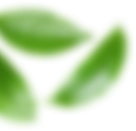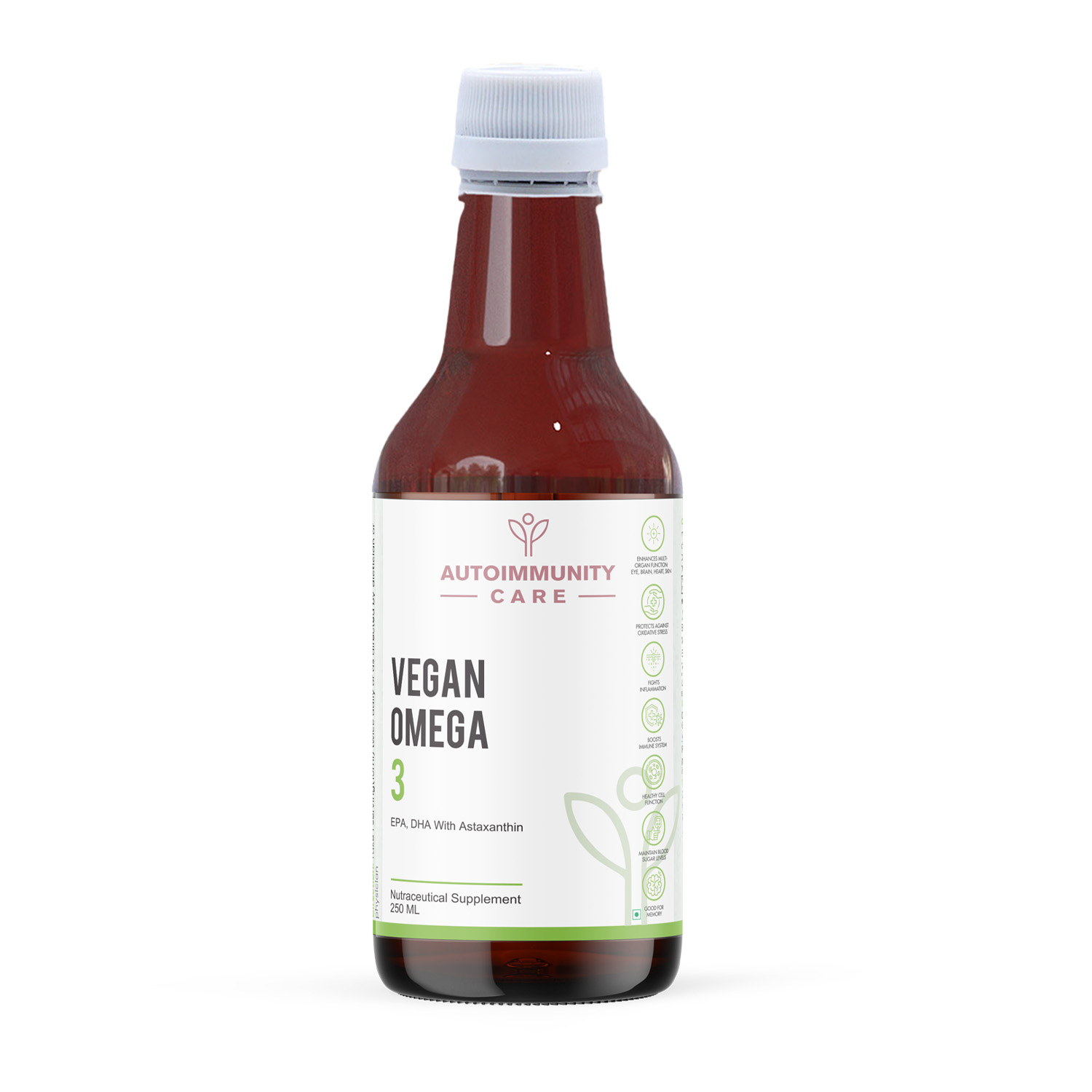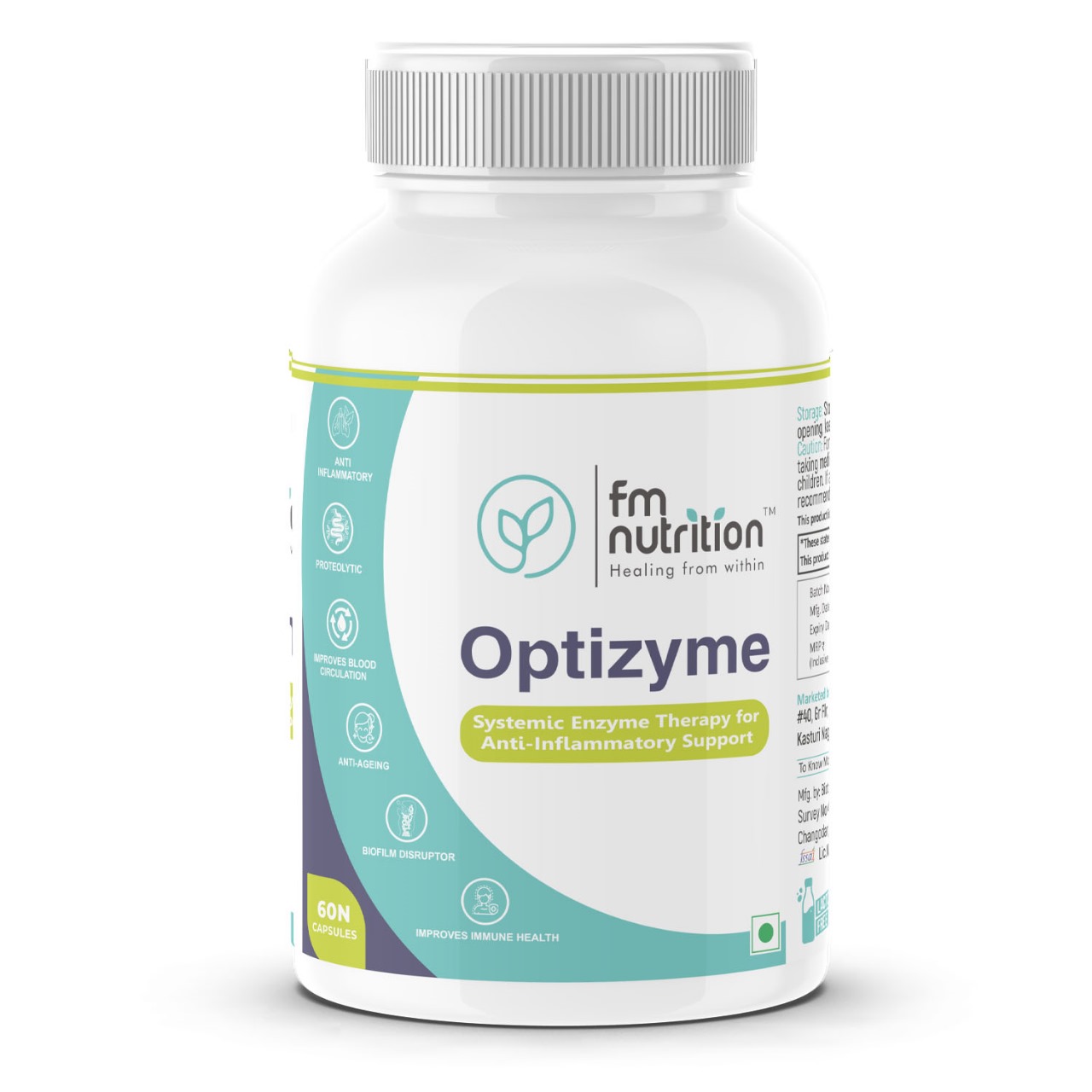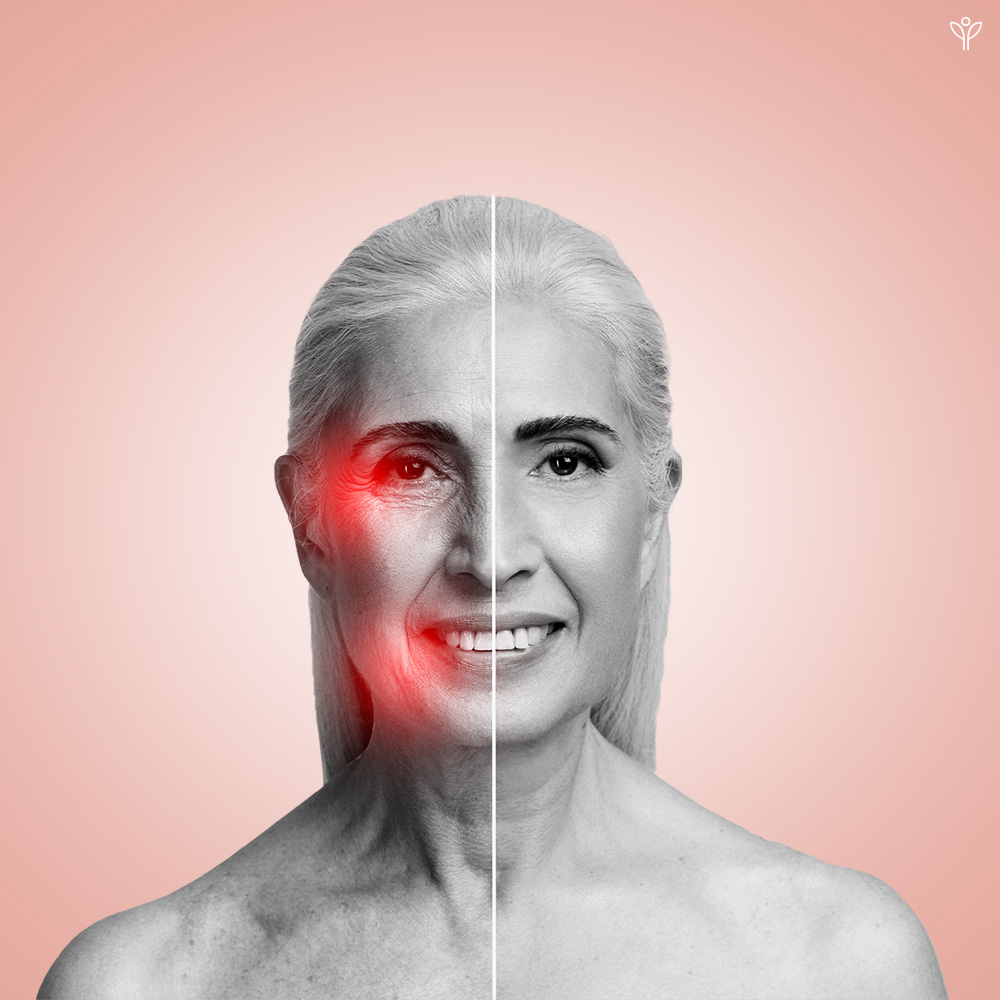

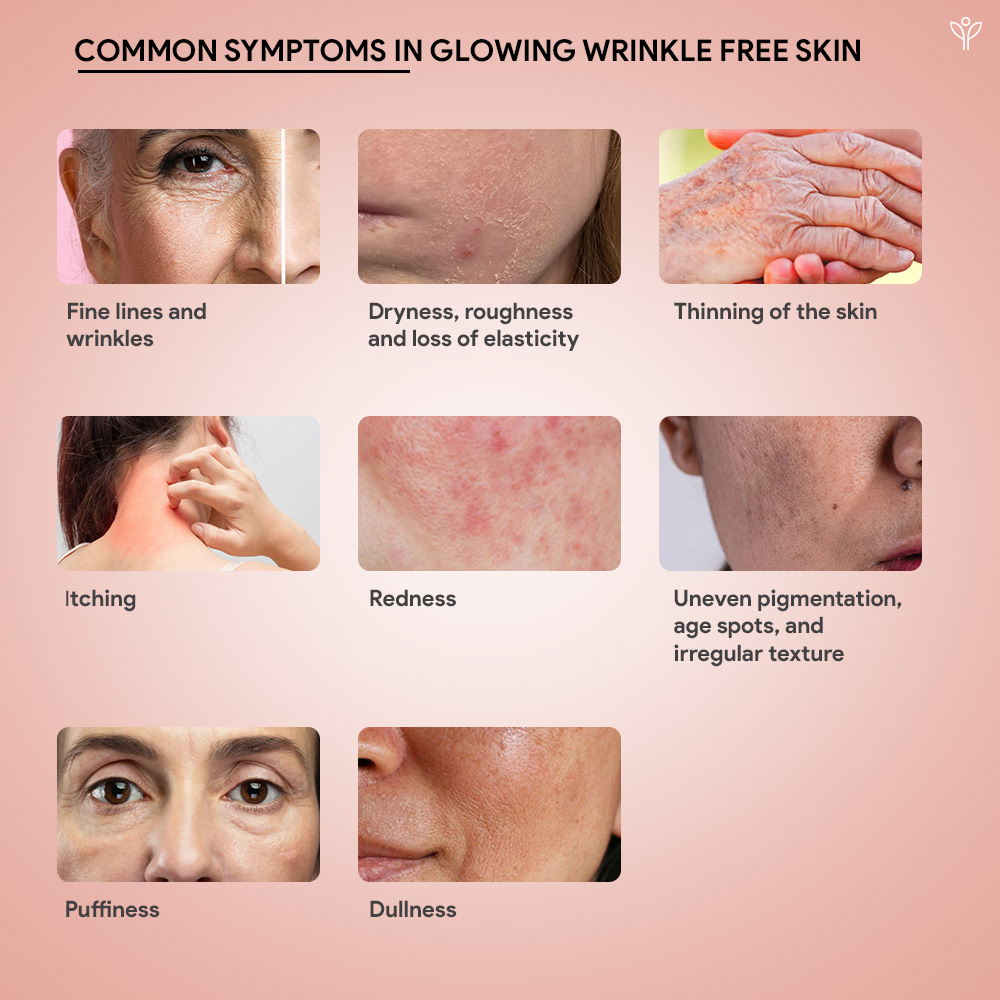

Glowing Wrinkle Free Skin
AIC’s Glowing Wrinkle Free Skin bundle will unlock radiant, healthy-looking skin for your. This holistic solution combines antioxidants, collagen, and gut-skin axis support to promote skin elasticity, hydration, and firmness. Reduce inflammation, boost cellular renewal, and reveal glowing skin. Say goodbye to fine lines, wrinkles, and dullness.
Understanding Glowing Wrinkle Free Skin
Skin is the largest organ of the human body. It serves multiple functions including protection against environmental insults, maintenance of homeostasis, and immune defence (Stalder et al., 2014).
Skin health reflects the skin’s ability to function effectively. Healthy skin serves as a protective barrier between the body and the external environment, appearing smooth, hydrated, clear, and radiant.
However, skin is also susceptible to internal and external factors that lead to aging. Therefore, imbalances in overall body function can manifest visibly on the skin in the form of wrinkles, dryness, uneven complexion, loss of elasticity, acne etc.

What we have in Glowing Wrinkle Free Skin
Reference
Chaudhary, M., Khan, A., & Gupta, M. (2019). Skin Ageing: Pathophysiology and Current Market Treatment Approaches. In Current Aging Science (Vol. 13, Issue 1, p. 22). Bentham Science Publishers. https://doi.org/10.2174/1567205016666190809161115
Chen, M., Przyborowski, M., & Berthiaume, F. (2009). Stem Cells for Skin Tissue Engineering and Wound Healing [Review of Stem Cells for Skin Tissue Engineering and Wound Healing]. Critical Reviews in Biomedical Engineering, 37, 399. Begell House. https://doi.org/10.1615/critrevbiomedeng.v37.i4-5.50
El‐Domyati, M., El‐Ammawi, T. S., Medhat, W., Moawad, O., Brennan, D., Mahoney, M. G., & Uitto, J. (2011). Radiofrequency facial rejuvenation: Evidence-based effect. In Journal of the American Academy of Dermatology (Vol. 64, Issue 3, p. 524). Elsevier BV. https://doi.org/10.1016/j.jaad.2010.06.045
Mehta, R., & Fitzpatrick, R. (2007). Endogenous growth factors as cosmeceuticals [Review of Endogenous growth factors as cosmeceuticals]. Dermatologic Therapy, 20(5), 350. Wiley. https://doi.org/10.1111/j.1529-8019.2007.00149.x
Pessemier, B. D., Grine, L., Debaere, M., Maes, A., Paetzold, B., & Callewaert, C. (2021). Gut–Skin Axis: Current Knowledge of the Interrelationship between Microbial Dysbiosis and Skin Conditions [Review of Gut–Skin Axis: Current Knowledge of the Interrelationship between Microbial Dysbiosis and Skin Conditions]. Microorganisms, 9(2), 353. Multidisciplinary Digital Publishing Institute. https://doi.org/10.3390/microorganisms9020353
Rittié, L., & Fisher, G. J. (2015). Natural and Sun-Induced Aging of Human Skin [Review of Natural and Sun-Induced Aging of Human Skin]. Cold Spring Harbor Perspectives in Medicine, 5(1). Cold Spring Harbor Laboratory Press. https://doi.org/10.1101/cshperspect.a015370
Stalder, J. ‐F., Tennstedt, D., Deleuran, M., Fabbrocini, G., Lucas, R. de, Haftek, M., Taïeb, C., Coustou, D., Mandeau, A., Fabre, B., Hernandez-Pigeon, H., Ariès, M.-F., Galliano, M., Duplan, H., Castex‐Rizzi, N., Bessou‐Touya, S., Mengeaud, V., Rouvrais, C., Schmitt, A.-M., … Aroman, M. S. (2014). Fragility of epidermis and its consequence in dermatology [Review of Fragility of epidermis and its consequence in dermatology]. Journal of the European Academy of Dermatology and Venereology, 28, 1. Wiley. https://doi.org/10.1111/jdv.12509
Zhang, S., & Duan, E. (2018). Fighting against Skin Aging [Review of Fighting against Skin Aging]. Cell Transplantation, 27(5), 729. SAGE Publishing. https://doi.org/10.1177/0963689717725755
Dr. Stavy. (n.d.). A functional medicine approach to youthful, glowing skin. Dr. Stavy. https://drstavy.com/blog/a-functional-medicine-approach-to-youthful-glowing-skin/
Gorouhi, F., Maibach, H. I., & Falanga, V. (2007). Peptides and skin aging. In Cosmeceuticals and active cosmetics: Drugs vs. cosmetics (2nd ed., pp. 297–306). CRC Press.

